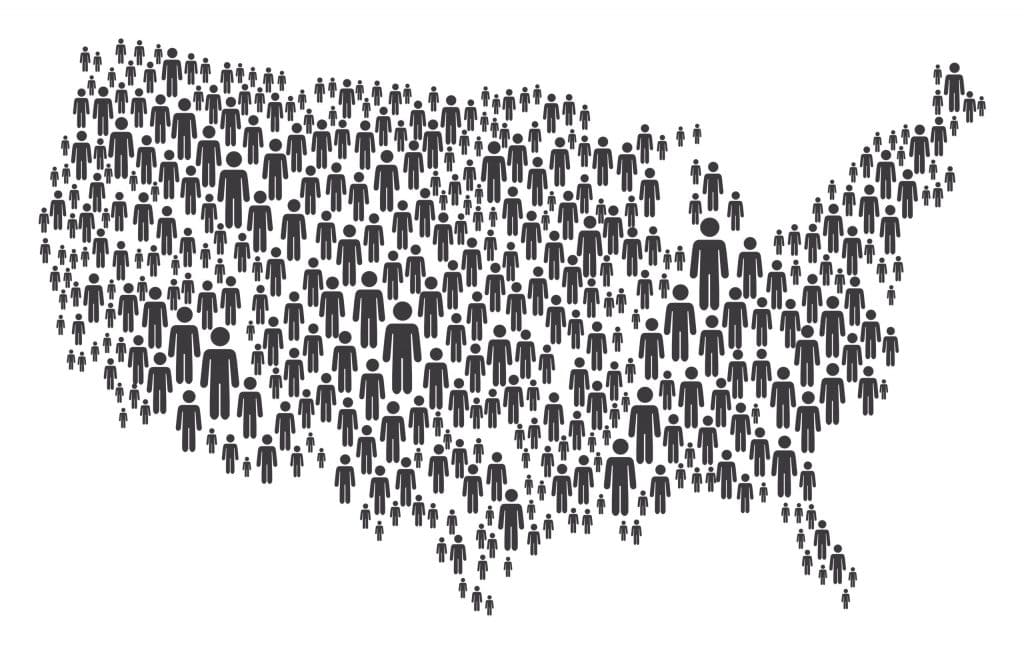Mass Torts and Class Actions: Seeking Justice
Whether you've been injured in an accident, are dealing with a personal injury claim, or facing another legal issue, Mendez & Sanchez APC is here to fight for you. Contact us today for a free, no-obligation consultation.
Call Us Now
In today's complex legal landscape, seeking justice for multiple injury victims can be a daunting task. Fortunately, there are legal mechanisms that enable groups of individuals with similar claims to pursue compensation collectively. Two such mechanisms are mass torts and class actions. This article explores the nuances of mass torts and class actions, their differences, benefits, challenges, and their impact on the legal system.
Understanding Mass Torts
A mass tort refers to a civil action involving numerous plaintiffs who have suffered harm as a result of a common act, product, or incident. It allows individuals with similar claims to collectively file lawsuits against a defendant or group of defendants responsible for their injuries. Mass torts often arise in cases involving defective products, environmental disasters, pharmaceutical drugs, or medical devices.

Types of Mass Torts
There are several types of mass torts, each pertaining to a specific area of harm. These include product liability mass torts, where defective products cause widespread injuries; environmental mass torts, involving damages caused by pollution or hazardous substances; and pharmaceutical mass torts, related to harmful drugs or medical devices. Each type requires specialized expertise and knowledge to navigate the legal complexities involved.
Benefits of Mass Torts
One of the primary benefits of mass torts is that they provide an opportunity for individuals with similar injuries to consolidate their resources and pursue justice collectively. By joining forces, plaintiffs can share the costs and expertise required to build a strong case against powerful defendants. Additionally, mass torts enable plaintiffs to access a more substantial compensation pool and potentially receive higher settlements or verdicts.
The Role of Class Actions
Class actions are another legal mechanism used to seek justice for multiple injury victims. In a class action, one or more individuals, known as class representatives, file a lawsuit on behalf of a larger group, referred to as the class. Class actions are particularly suitable when numerous individuals have suffered relatively small injuries or damages, making individual lawsuits impractical.
Differences between Mass Torts and Class Actions
While mass torts and class actions share similarities, they have significant differences. In a mass tort, each plaintiff's claim is unique, and individual lawsuits are filed. In contrast, class actions involve one lawsuit on behalf of a larger group. Class actions require the court's certification, indicating that the class meets specific criteria, such as common legal issues and adequate representation.
Key Players in Mass Torts and Class Actions
Mass torts and class actions involve various key players, including plaintiffs, defendants, attorneys, and judges. Plaintiffs are the individuals seeking compensation, while defendants are the parties allegedly responsible for the harm. Attorneys specializing in mass torts or class actions play a crucial role in representing the plaintiffs and navigating the legal process. Judges preside over the cases and make decisions based on the presented evidence and applicable laws.
Filing a Mass Tort Lawsuit
To initiate a mass tort lawsuit, individuals typically need to consult with an experienced attorney specializing in mass torts. The attorney will evaluate the merits of the case, gather evidence, and identify potential defendants. Once the lawsuit is filed, the legal process begins, involving discovery, negotiations, and potentially trial proceedings. The duration of a mass tort case can vary significantly, depending on its complexity and other factors.

Challenges and Criticisms
Despite the advantages, mass torts face challenges and criticisms. One challenge is the complexity of managing a large number of plaintiffs and coordinating their claims. Additionally, defendants in mass torts are often well-funded entities with legal resources, making it crucial for plaintiffs to have strong legal representation. Critics argue that mass torts can burden the court system and result in excessive litigation.
Recent Examples
In recent years, there have been notable mass tort cases that have garnered public attention. One example is the opioid crisis, where pharmaceutical companies faced mass tort lawsuits for their alleged role in fueling the epidemic. Another example is the Volkswagen emissions scandal, which led to mass tort litigation due to the company's deceptive practices. These cases highlight the importance of mass torts in holding entities accountable for widespread harm.
Impact of Mass Torts and Class Actions
Mass torts and class actions have a significant impact on the legal system and society as a whole. They allow individuals to seek justice and hold wrongdoers accountable, leading to changes in corporate behavior, product safety regulations, and public awareness. By aggregating claims, mass torts and class actions create a powerful deterrent for negligent actions and help prevent future harm.
Conclusion
Mass torts and class actions provide a means for multiple injury victims to seek justice collectively. They empower individuals with similar claims to pool their resources, increase their chances of success, and access fair compensation. While navigating the legal landscape can be complex, consulting experienced attorneys specializing in mass torts or class actions is crucial for maximizing the chances of a favorable outcome.



